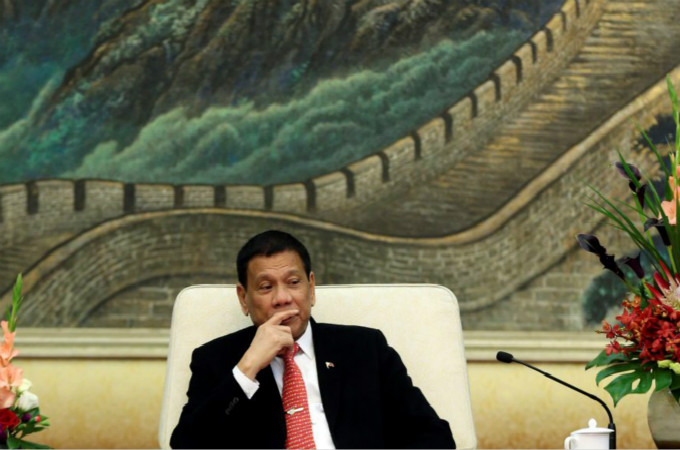Commentaries
The views expressed are the author's alone and do not constitute official positions of APPFI.
The views expressed are the author's alone and do not constitute official positions of APPFI.

Photo from US Embassy Manila
The complexity and uncertainty of the current regional security situation in the Asia-Pacific requires a delicate balance of the dynamics between the present superpower and emerging great power – the United States and China – to promote a stable order in the region. Security arrangements are volatile in the sense that once the scale tips in favor of one of the two countries, tensions build up between the great powers. Economic and security cooperation initiatives are interpreted as nothing but attempts to counterbalance each other, and strategic competition overcrowds the arena as cooperation is reduced to being a matter of “who is siding with whom” – a version of the New Great Game moving to India and the Pacific Rim, so to speak.

Photo from: Reuters
Philippines Foreign Minister Alan Peter Cayetano recently visited China to discuss cooperation in the South China Sea. He embarked on this mission amidst a growing domestic and international hue and cry protesting Philippines President Rodrigo Duterte’s decision to downplay the Philippines international arbitration victory over China regarding their conflicting sovereignty and maritime claims. Although many of his domestic and foreign policy decisions—as well as his style—are problematic, in this particular case his decision has merit.

Photo from Wikimedia Commons
In May 1947, Paul V. McNutt returned to the United States following his resignation as first US ambassador to the newly independent Philippines. Travelling by way of South Asia and Europe, McNutt reflected on his time in the islands in a memorandum circulated across the State Department. Musing on the significance of American policy in the archipelago, he suggested a ‘lack of appreciation and understanding of our relations to the Philippines’ amongst the decolonizing world. Within an atmosphere of heightening ideological tension and growing calls for self-determination, McNutt stressed the need for a concerted public campaign across Asia and the wider world to educate and enlighten dependent peoples as to the benefits of being in the American orbit.

Photo from Creative Commons
In 2013, President Xi Jinping announced an overarching and yet vague vision that would connect China to the former Silk Road Corridor. By the 19th National Congress of the Chinese Communist Party, the Belt and Road Initiative was written into the CCP’s constitution and now forms the crux of China’s foreign policy. While the BRI has at its core the narrative of connectivity, it also serves several strategic functions, not least of which is that it bolsters economic growth in China’s southern and western provinces in the hopes that a reduction in huge economic inequalities in these areas would lessen the likelihood of separatism and terrorism. The BRI is also meant to drive economic growth in China’s western borders, which can make for a better market for Chinese goods, and to develop markets along the Belt and Road for China’s higher-end manufactured goods, which will inevitably lead to the entrenchment of these markets in Chinese industrial standards. Most importantly perhaps is the geopolitical function that the BRI plays as it puts China in the center of a web of linkages and interconnections, including multilateral institutions and arrangements. Moreover, this look-west strategy that is hinged on accessing markets via continental means helps China overcome its maritime vulnerability.